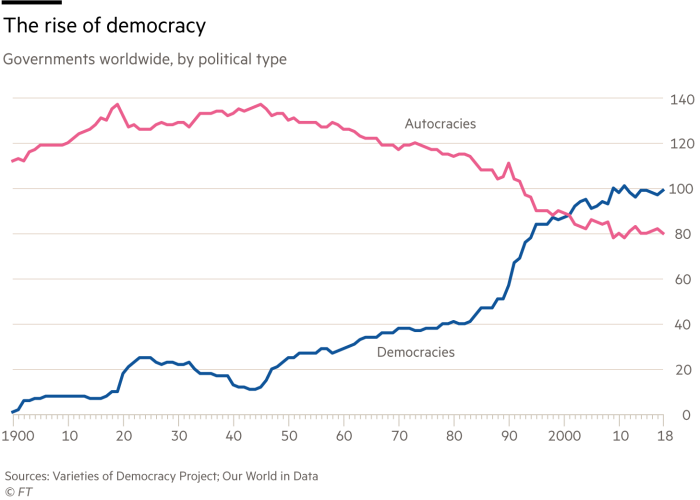“What gets measured gets managed.”
This idea, attributed to management guru Peter Drucker, has widespread adoption by business leaders and managers. C-Suites and board rooms demand metrics to inform decisions. It’s essential to monitor progress, correct course, and lean into what works. Executives want dashboards, but what numbers are on the dials? What are the levers? What are the outcomes?

The era of big data is upon us. We have more ways to collect information than ever before, and next-gen companies like Facebook and Google are poster children. Google’s name literally means a big number. Discussions about big data often go to insights and visualizations – how the data adds up. We think: If only we could identify the right metrics, the best KPIs, and manage to them, we could change course and accelerate our success.
These things are true, but measurement is tricky. We want things to be simple, but the easiest things to measure are often the least important. We may know that people are on our website, but we don’t know why. We have a bias for numbers because black-and-white answers are easier to understand, but measurements aren’t absolute. Measurement is comparison and categorization. To measure something is to use an instrument and a scale.
Easy things to measure are often the least important.
The instrument of measurement affects your results. If seeing is believing, one kind of instrument is the naked eye. In the early days of seafaring, sailors navigated the oceans using the stars to find their way in the darkness. Telescopes helped. So did compasses and sextants. Nowadays, GPS has replaced the art of celestial navigation. More powerful instruments can be more accurate but also change your perspective or even what you’re measuring.
We enjoy photography from space, but the Hubble Telescope doesn’t take color pictures. Hubble doesn’t take pictures at all in the conventional sense. Its cameras record light with unique electronic detectors that produce one-color data maps. Scientists then use computers to assemble multiple monochromatic layers to compose images with colors used to define and highlight parts of the picture. Hubble images are as much data visualization as photographs.

Back on earth, our smartphones have become our primary cameras. Gone are the days of film technology attempting to “faithfully” capture an image. Dynamic digital post-processing is mainstream, enabling us to capture motion, time-lapse, dark settings, and more. From family photos to selfies destined for social platforms, filters manipulate our likenesses in the best possible light. The instrument affects the outcome.
New data shape understanding.
Our ability to measure things has only increased with technological advances. Radar systems use radio waves and LiDAR uses lasers to track the position of objects, and infrared devices capture heat data. We have instruments that measure motion, proximity, pressure, light, and ultrasonic waves. We rely on x-rays and MRIs to take pictures of our innards, shaping how we diagnose and treat disease. Some people say that AI will replace radiologists as machine learning reads x-rays more reliably than humans. Like photo filters, the instrument is not only measuring but also interpreting data. All these new data interpretations shape how we understand the natural world.
Technology helps us measure more things with greater intensity but also gives us greater access. More data not only increases our knowledge but also changes our understanding. The era of 24-hour news started in 1980 with the launch of CNN, increasing news data for millions of people worldwide. Layer in a decade of social media, and we have all become much more voracious consumers of news data. More news seems to make us more worried about the state of the world, despite any actual progress. According to Harvard professor Steven Pinker, much has improved over the last century. Poverty has decreased, there are fewer wars, lower maternal mortality, lower illiteracy, less crime, higher IQ scores, and we work fewer hours than ever before. Yet today, trouble on the other side of the world creates more anxiety than it did a generation ago simply because the information is available. More data changed our focus and overall outlook.

It matters where we point our camera. Henry Ford famously said that if he asked customers what they wanted, they’d ask for a faster horse. By now we know many business innovations don’t come directly from what customers say they want. Ford helped define a solution for what people needed by identifying different metrics.
Measurement has consequences.
Consider what is measured and the ripple effects. In the early days of Facebook, the social media pioneer famously created the ability to “like” user posts, tag other users in photos, and prompted users with notifications. This formula proved wildly successful in increasing their primary metric – user engagement. The achievement, now duplicated in many platforms, has led to significant controversy about social media addiction. Considering the effect on teens, depression, and attention, when is there too much engagement? What is the impact of putting the finger on the scale of a system, and what are the outcomes?
When it comes to business success, the traditional metrics have been clear. Increasing shareholder value has been the primary objective. Today, even on Wall Street, leaders are starting to look at new metrics. With a different focus and lens, many organizations are beginning to weigh their impact on culture, equity, and the planet.
Measurement itself changes systems. In quantum physics, a concept called the Uncertainty Principle states that you can never simultaneously know the exact position and the exact speed of an object because everything in the universe behaves like both a particle and a wave. Particles are more concrete, more black-and-white. Understanding an object as a wave is more complicated because it suggests movement and frequency. I’m not a physicist, but we can understand that there can be more than one singular truth. How we know something can be a result of measurement itself.
We can only manage what we can measure, so be careful to measure the right thing. Don’t get paralyzed. Research can sound like a headache or a panacea, depending on your perspective, but some data is better than no data. Know what you’re looking for and the limits of what you may find. Be aware of how and where you’re looking and what decisions you make to affect change. Measurements aren’t absolute so much as comparisons. They can offer insights to make decisions and inspire action.
When we look back on this era, I hope big data will be known not merely for its bigness but for our understanding – what we learned in order to inform better decisions.
